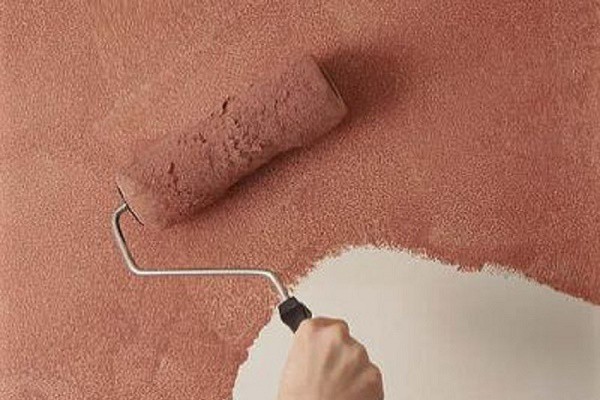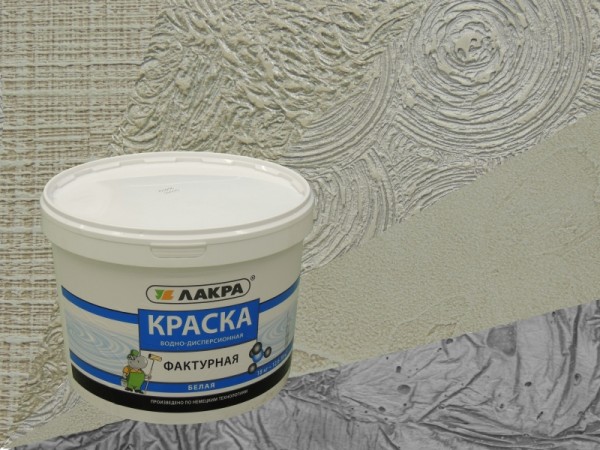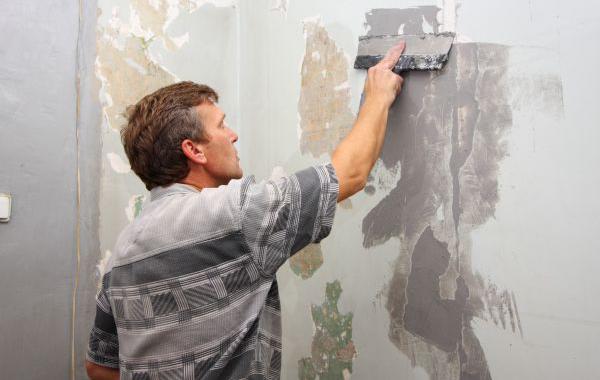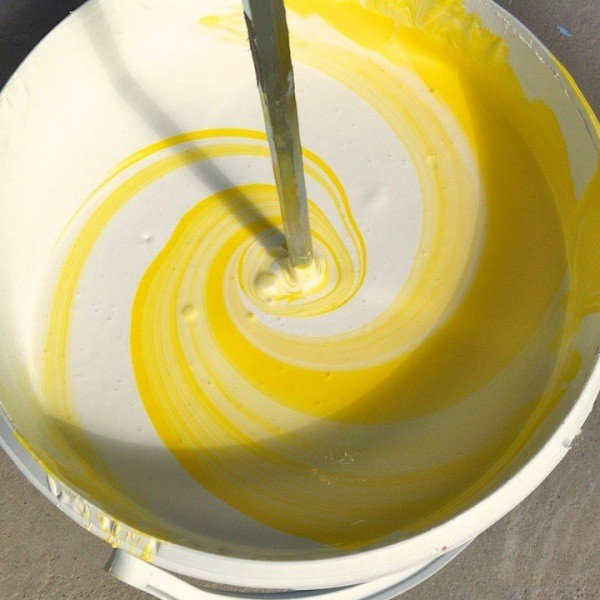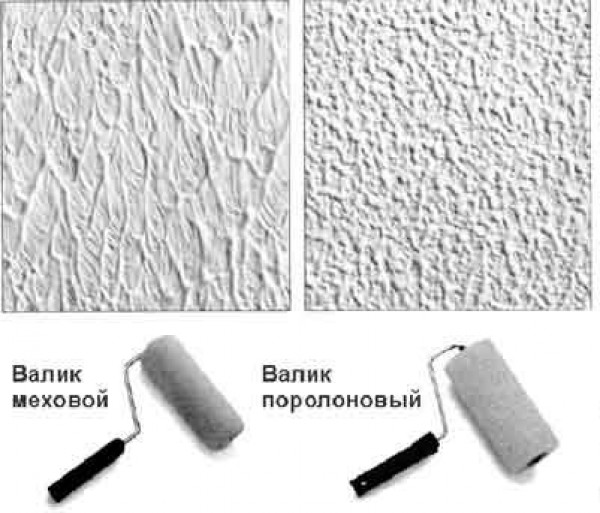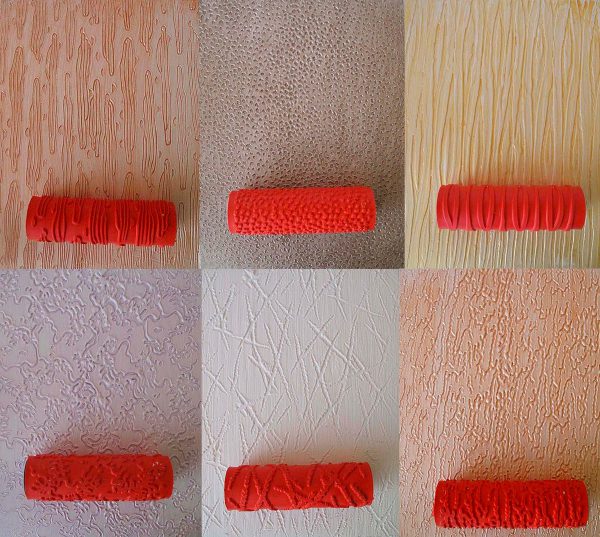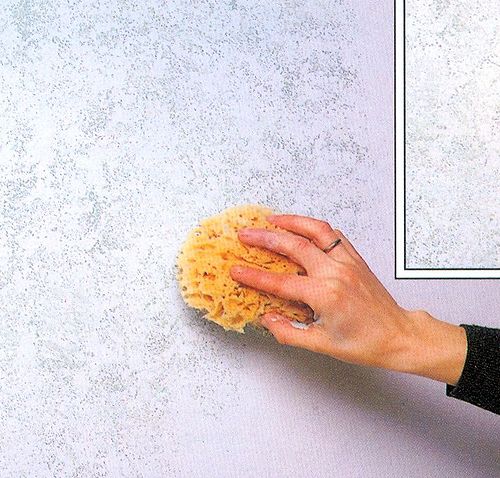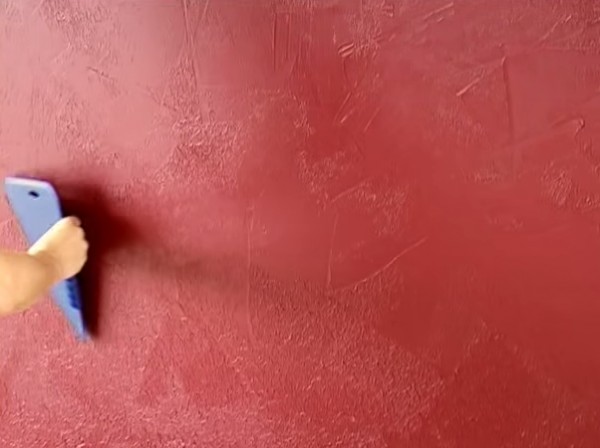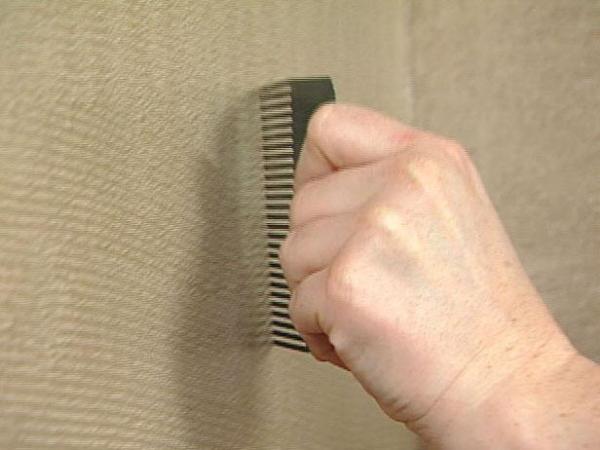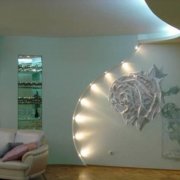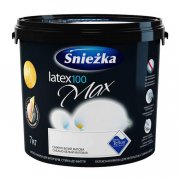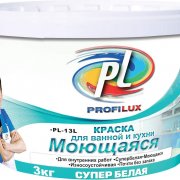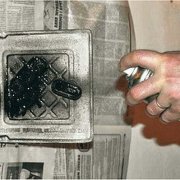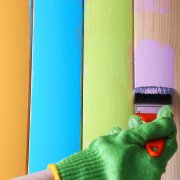Structural wall paint: application by roller
If your walls are not smooth enough and you don’t have the desire or time to level them, you can decorate them with a special paint with which you can get a relief on the surface. We will tell about its features, as well as about how structural paint for walls is applied using a roller or some other device, on this page.
The content of the article
Material Features
Do not think that this paint is intended solely to conceal minor defects. This is a fairly popular finishing material with interesting decorative properties, more and more readily used in residential buildings and apartments (see. Types of paints for interior work: consider in detail).
Properties and characteristics
Depending on the composition, structural (textured) paint can be used both for interior walls and for facades.
It has such positive characteristics as:
- Environmental Safetyharmless to others;
- Density and elasticitydue to which minor defects on the surface of the walls are hidden and become invisible;
- High vapor permeability;
- Moisture resistantsun rays and mechanical damage;
- Possibility of introducing pigment to give the composition the desired color;
- Possibility of painting already finished surfaces in a different color acrylic paints;
- Easy to apply and give any relief with your own hands.
Application area
Since structural paint is highly resistant to weathering, it is often used to finish new or repair old facades, making them attractive in appearance. The surfaces painted by her are very similar to decorative textured plaster.
These same properties, as well as the absence of harmful substances in the composition and long service life, allow the material to be used for internal work. It is very practical for kitchens, corridors, loggias, but it will look great in the living room.
Refuse to use it can only make a high price. But it is significantly offset by the lack of costs for the thorough preparation of the walls and the possibility of applying just one layer.
How to paint the walls textured paint
The technology includes two stages: preparation of the base and application with the creation of textures. The process is not complicated and is absolutely accessible to everyone.
Training
A lot of articles have been written on the preparation of surfaces for painting on this resource, so we will not do this in detail again. Moreover, under the structural paint it is not necessary to align them to an ideal state: it itself will perfectly hide all small potholes and cracks.
Note! The main thing is that the base is strong, does not crumble and does not have obvious differences on the plane. For strengthening use a primer.
But the preparation of paint and tools is worth talking about.
As for the decorative coating itself, keep in mind the following:
- Structural paint is only available in basic white;
- To get the desired shade, you need to add a certain amount of color to it;
- If it is not possible to tint the composition with the help of special mixers with dispensers (they are available in large construction stores, the service is free if the paint is purchased on the spot), you can do this manually;
- To do this, a small amount of pigment is introduced into the mass and it is mixed until a uniform color is obtained. If the shade is not saturated enough, the operation is repeated until the desired result, each time thoroughly mixing the paint;
- Before starting work, the instruction recommends making a trial color, and make sure that the color suits you.
Tip. After drying, the paint fades slightly and becomes lighter than in the initial state, so the color should immediately be made a little darker than necessary.
As for the tools for drawing, their choice depends on what texture you want to get. It may be a spray gun (see The choice of spray gun: a device of different types), brush, roller with a regular or structural coat, sponge, spatula. Additionally, you can use other devices, for example, comb.
Ways to create a relief
The surface structure will largely depend on the composition of the paint, or rather, on the type and size of the filler contained in it. Therefore, you need to choose it carefully, paying attention to the samples. But you yourself can change the relief, make it deeper or more artistic, if you use one of the above methods.
- Brush. If you want to get an interesting texture, apply structural paint with a brush, not as usual, but with large strokes. They can be parallel, cross or chaotic - any depending on your imagination and skill. If this doesn’t work out, you can first coat the wall with an even layer of paint, and then use the same or stiffer brush to “coat” the coating.
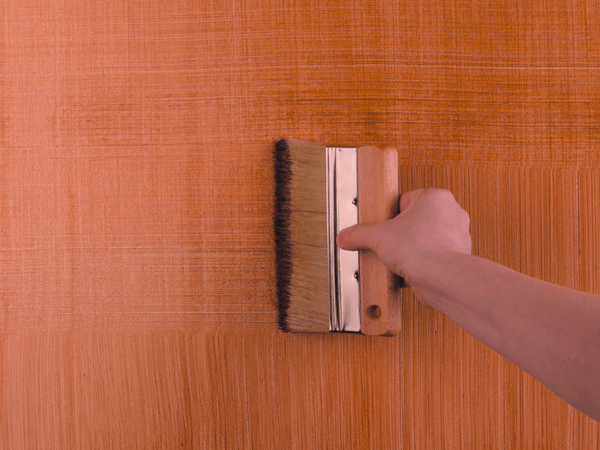
- Roller (see Paint rollers: consider in detail). The relief of the future surface dictates the appearance of a fur coat. The picture below shows a clear difference between using a foam and long-fur coat. And you can take a structural roller for painting walls and walk them on the surface after applying an even layer of paint. But it does not have to be very thin.
- Sponge. A somewhat longer, but also possible way of applying structural paint. With a sponge moistened in the composition, “clapping” movements along the wall are made. The higher its porosity, the more prominent and interesting the texture. In construction stores you can find special sponges for this purpose - natural marine.
- Putty knife. Structural paint has a rather thick and viscous texture, it can also be applied with a spatula, as decorative plaster. At the same time, it must not be smoothed, trying not to leave grooves, but rather, to act with strokes of different lengths and directions. The relief will depend on the size and stiffness of the spatulas, as well as on your skill.
Lacking sufficient practice, any of these methods may seem difficult for independent execution. In this case, you need to take an assistant and act like this: one person paints the wall in any convenient way (with a roller, brush, airbrush), just trying to make a layer of the same thickness, and the second one “paints” it with the tools described above.
On a freshly painted surface, you can draw with any other devices: a notched trowel, a comb, a crumpled plastic bag and just fingers.
But you need to try not to push the fresh coating to the ground so that it does not shine through deep scratches. Although if the walls are pre-painted with ordinary paint, it can look very impressive.
Conclusion
Structural paint is a very attractive material for those who make repairs with their own hands, as it does not require perfect surface preparation and allows you to experiment with the texture without fear of spoiling the coating. If it is impossible to apply an even pattern, chaotic grooves, tubercles and depressions will also look interesting and certainly unique.
Watch the video in this article and you will understand that you can afford such wall decoration.
